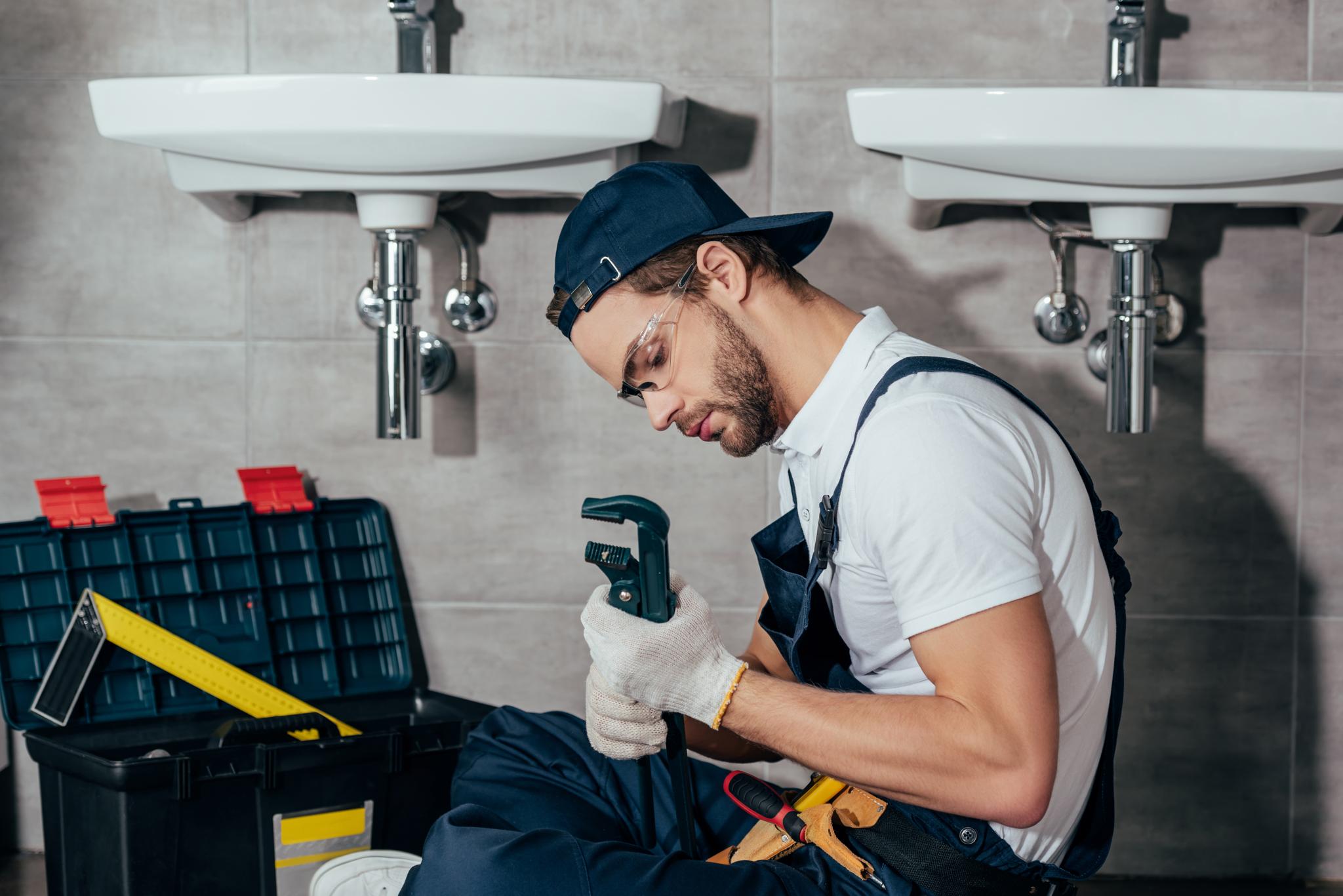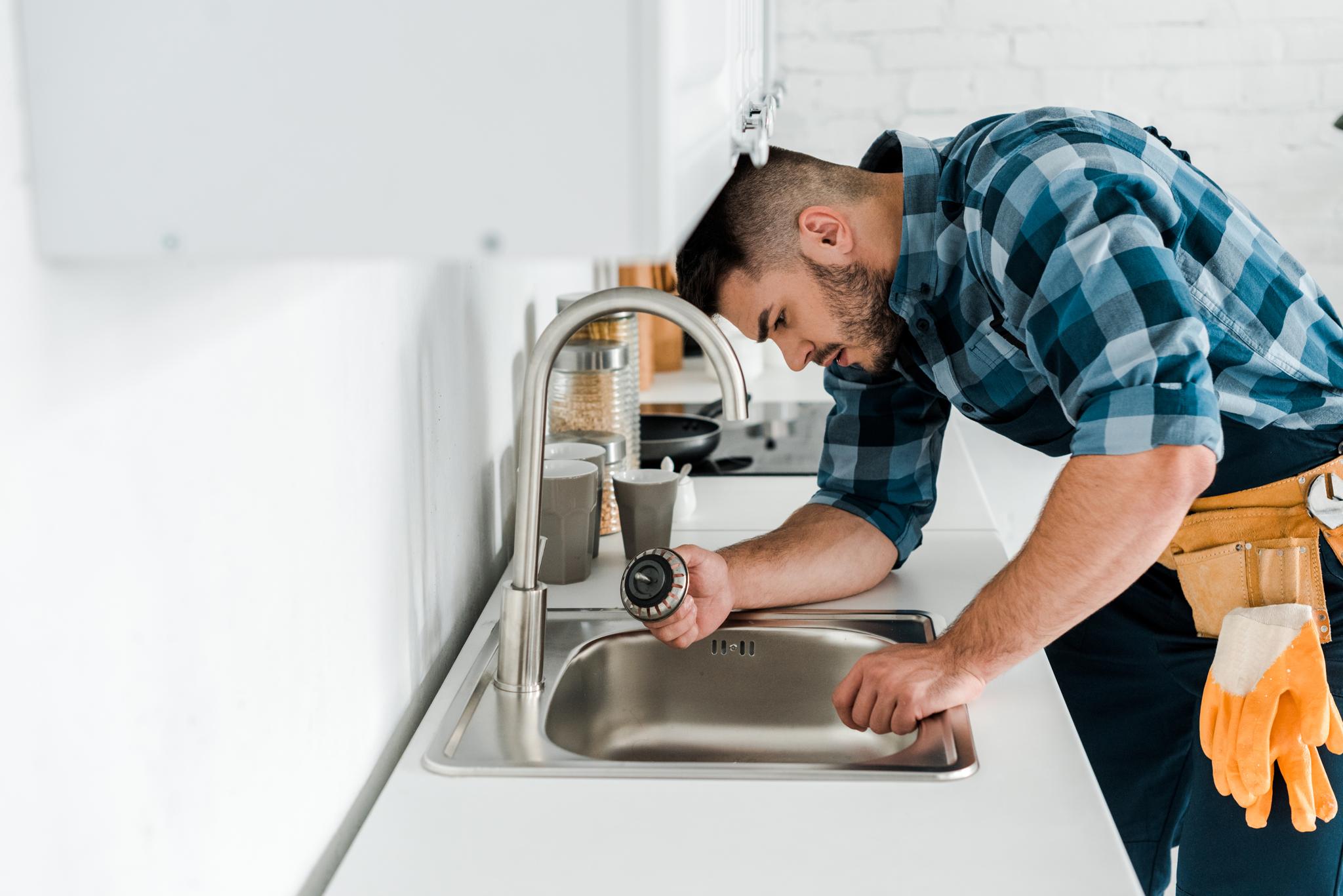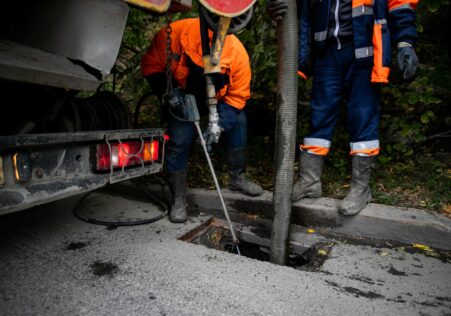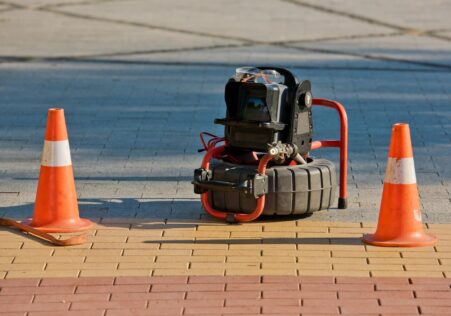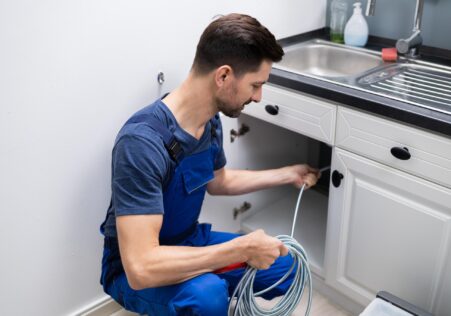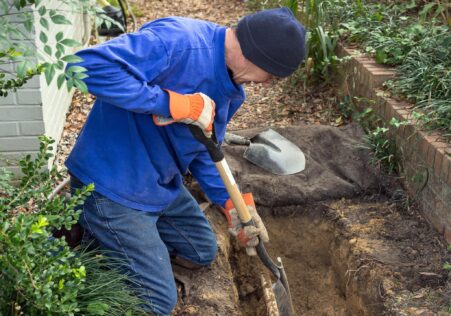Understanding the Differences Between Pipe Relining and Pipe Replacement
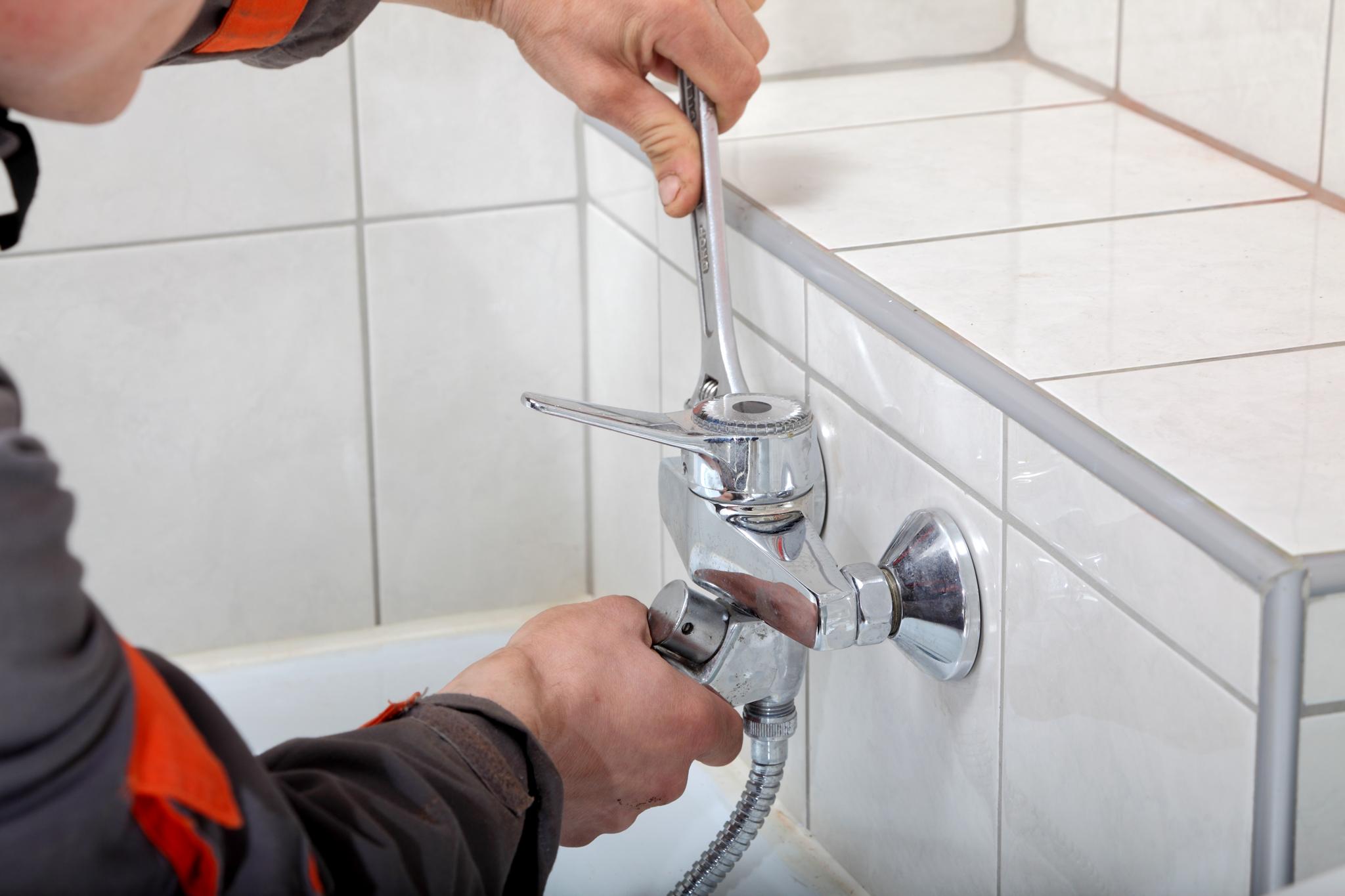
When it comes to fixing damaged pipes, two common options are pipe relining or pipe replacement. Both approaches aim to bring back the original function of your pipelines, but there are distinct differences must be aware of.
Key Takeaways
- Relining pipelines is a cost-effective and fast method for repairing damaged pipelines.
- The lining CIPP is employed in pipe relining.
- Epoxy resin is used to line the inside parts of the pipe which cures to creates a new inner lining within the pipeline.
- Pipe relining is time-efficient, cost-effective and lasts for up to 50 years.
- Traditional pipe replacement involves digging up sections of land where pipes are.
- Replacement of pipes may be required to repair pipes that are severely damaged.
- A brand new pipeline that is installed by pipe replacement has a lengthy life span (75 to 100 years).
- Replacement of pipes is expensive and laborious.
- The decision between pipe relining and replacement depends on the degree of damage caused.
In this post, we’ll look at pipe relining as opposed to. pipe replacement, and find out which option will meet your requirements better.
What is Pipe Relining?
Pipe relining or Cured In-Place Pipe (CIPP) Lining is a modern repair method that provides a cost-effective, rapid solution for the repair of damaged pipelines.
Here’s how it works:
- A technician cleans the pipeline with high-pressure water jetting or mechanical cleaning.
- Then, they apply epoxy resin made of fiberglass or polyester liner to the existing pipeline.
- The liner gets cured, creating a new inner lining in the pipeline that’s as strong as a brand new one.
Benefits Pipe Relining
- Time-efficient – It typically takes about 2 to 3 hours of time to accomplish the entire process compared with excavating for many days using traditional methods of replacing pipes.
- Cost-effective because there is no excavation or removal required in pipe relining It can save you nearly 50% of the cost you’d pay for traditional repairs.
- Durability – The lining made by pipe relining could last for 50 years!
Cons of Pipe Relining
- Not recommended for extremely damaged pipes. If you have significant damage such as cracks, collapses, or joints that are misaligned in your sewer line, then pipe relining could not be possible.
What is Pipe Replacement?
Pipe replacement involves digging up portions of the yard/sidewalk/driveway where underground pipes are located. The areas may contain collapsed pipes or extremely corrosion-prone ones, due to the effects of time or neglect.
The following steps comprise most traditional replacements for pipes:
- A team of excavation workers digs access to the damaged underground pipe.
- The pipeline was ripped off and dug out producing much debris that requires disposing of.
- Then, they construct another pipeline in place of the old one.
Pros of Pipe Replacement
- Suitable for severely damaged pipes - When you need to replace pipes that are suffering from significant damage or corrosion, pipe replacement is the best option.
- Long-lasting – The latest pipeline installed through pipe replacement is long-lasting (75 up to 100 years) making it an ideal solution for homeowners who want an option that is long-lasting.
Cons of Pipe Replacement
- Extraction work that is costly to replace pipes can be lengthy and expensive.
- Time-consuming – Traditional pipe replacements can take weeks depending on the extent of work and the depth of excavations needed.
Which one is best for you?
The decision on whether to go with either relining or repairing your pipes is largely based on the extent of damage caused. If your pipes suffer from minor damages like cracks or leaks that are minor, the relining process is probably the best option, as it is less costly and faster than traditional pipe replacements.
However, if there are serious injuries, like breaks or collapses it is recommended to consider conventional pipe replacement, though it may be more expensive and takes longer.
| Pipe Relining | Pipe Replacement | |
|---|---|---|
| Procedure | CIPP lining using epoxy resin | Excavating and replacing the old pipeline |
| Pros | Time-efficient- 2 to 3 hours to complete | Suitable for severely damaged pipes |
| Cost-effective – Almost half of traditional costs. | New pipeline lasts for 75 to 100 years | |
| Durable – Lasts up to 50 years | ||
| Cons | Not suitable for severely damaged pipes | Costly |
| Time-consuming | ||
| When to choose | Minor damages like cracks or minor leaks | Severe damages like collapses or breaks |
FAQs
What is pipe relining?
Relining a pipe is a procedure which consists of creating a new pipe in the damaged pipe. This is done by inserting a flexible liner into the pipe that was damaged and curing it in place. Once it is cured, the new pipe is completely free of joints and seams which improves the structural integrity of the pipe.
What does traditional pipe replacement differ from relining pipe?
Traditional replacement of pipes involves digging up and physically dismantling old pipes, after which they are replaced with new ones. In contrast, pipe relining doesn’t require excavation; instead, it’s completed using technology that allows for repairs to pipelines without digging huge areas of land.
Which is more cost-effective - pipe relining or traditional replacement?
Pipe relining generally costs less than the traditional methods of pipeline repair as there are no costs associated to excavation and other techniques necessary for removing and replacing old pipes.
Can all kinds of pipes be relined?
Not all types of pipes can be successfully relined. The plumber will need to examine your pipe to determine if it’s feasible to line your particular type of pipes. However, most contemporary pipes are repaired using this technique.
How long does the pipe relining process take?
The exact length of time needed for the procedure is contingent upon various factors such as the location, the environment, and type of damage. However the average pipe Relining job usually takes 2-3 days, depending on how many metres require lining..
If you wish to avoid digging work and save your money while restoring your damaged pipelines’ performance to their fullest, consider opting for our Melbourne Blocked Drains Plumber ‘s quick and efficient pipeline relining services. Get in touch with us!
Additional Information
- How to Tell You Need Drain Clearing Services for Your Business
- Pipe Relining: The Ultimate Fix for Residential and Commercial Properties
- Ensuring the Longevity of Your Business's Pipes with Regular Drain Inspections
- Why Trenchless Pipe Relining is the Future of Condominium Plumbing
- The Constructive Impact of Pipe Relining on the Environment
- Never Delay: Spot the Cues of Pipe Problems Before It's Too Late! Replacing is Essential
- Pipe Relining Unveiled: Everything to Expect from the Method
- Unseen Dangers Revealed: 5 Problems That CCTV Drain Inspection Can Identify
- Bid Farewell to Expensive Sewer Repair Fees with Pipe Relining
- Top Ways to Avoid Drain Cleaning Emergencies


